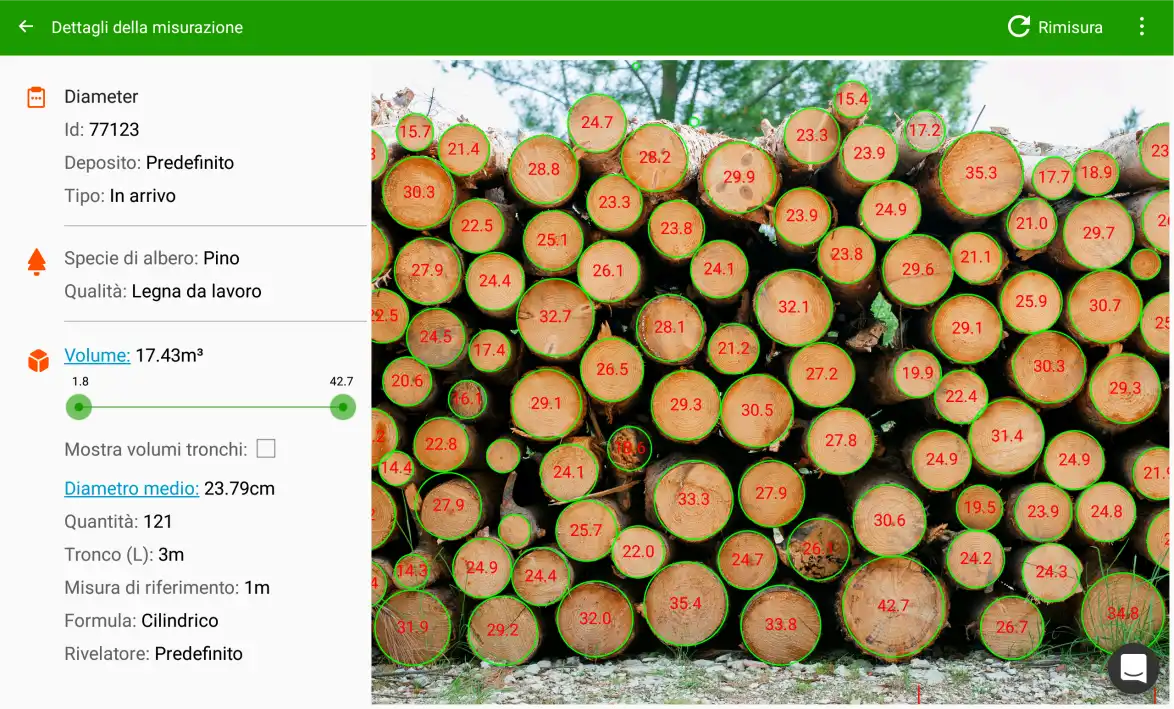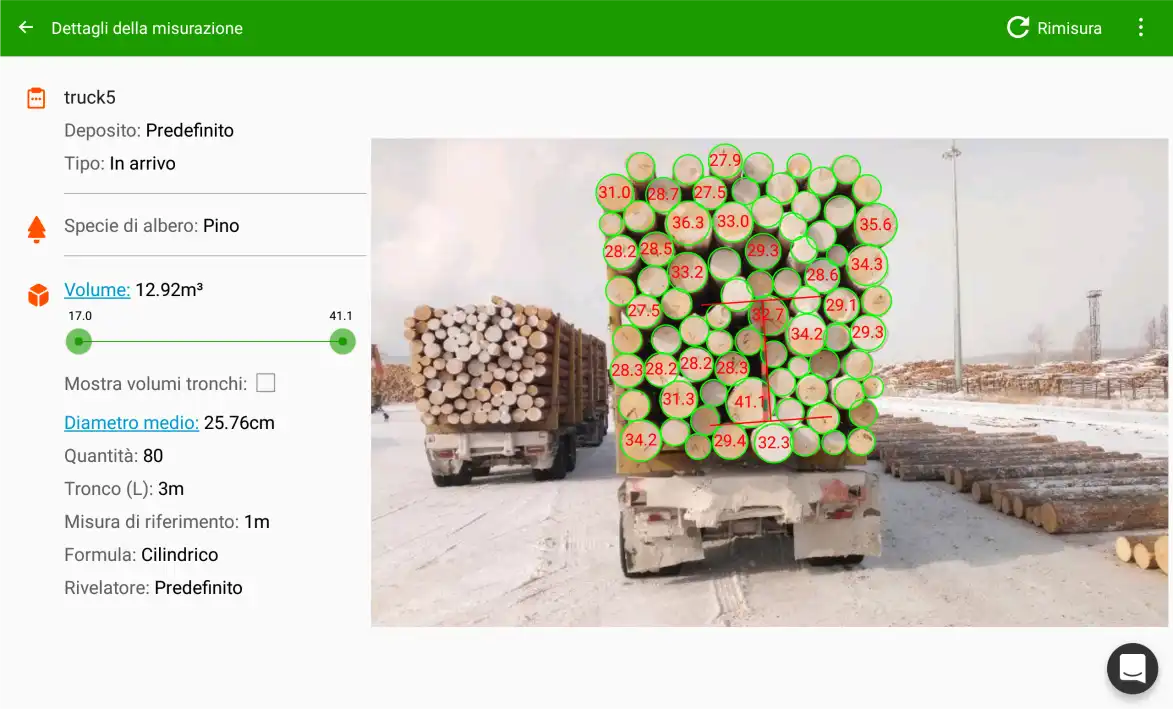Timbeter, the solution for digital roundwood measurement and supply chain management, was featured in the guidelines of the Italian Council for Agricultural Research and Economics and Ministry of Agriculture, Food Sovereignty and Forests in the publication “Perspectives and potential of the digitization of the forestry sector in Italy”. The guidelines were produced by the Council for Agricultural Research and Analysis of the Agricultural Economy (CREA).
The main principles of the guidelines were sustainability, aimed at enhancing the multifunctionality of forest systems, the use of information and communication technologies (ICT) in innovation and the efficiency of management processes, and the creation of new products and services to support forest and wood plantation owners, entrepreneurs, forest technicians and citizens.

The study on new technologies was made by a group of researchers from different universities and organizations, including Prof. Giacomo Goli from Università degli Studi di Firenze, who has been in contact with Timbeters’ team since 2022. Timbeters’ solution is featured in the guideline as part of the “Technologies and systems for the enhancement of wood products” section.
According to the guidelines, Timbeter is highlighted as a recommended solution for precise digital measurement of logs, showing accurate results for the data obtained from a pile, the diameters of the individual logs, and the total volume and the number of logs, with a minimal margin of error when compared to manual measurements.
The integrated and connected approach offered by Timbeter also provides the advantage of efficiently planning the logistics during operations, through direct communications between the owner/purchaser and operators located in the forest. This significantly reduces the time required for collection, transport and storage of materials.

The study outlines that the optimization of forest management can result in key positive effects on the quality of wood products, on the reduction of production costs, and on the minimization of environmental and social impacts. The use of ICT contributes to; i) carrying out complex data analyses in a simple and economical way; ii) supporting design and management choices according to standardized and repeatable paths; iii) optimizing the use of resources by reducing the impact on the environment; iv) fostering communication and collaboration based on shared and highly accessible information platforms. The use of ICT can lead to a significant leap forward in managing forests and wood plantations. For example, in suitable conditions, the economic advantages are attributable to precision harvesting which amounts to levels of no less than a 15% increase in productivity compared to traditional methods (*1).
The European Parliament has underlined that digitalization and emerging technologies must contribute to the objectives of the EU industrial strategy, the Green Deal, and the needs of urban, rural and remote regions of the EU. The Green Deal aims to transform the EU into a modern, resource-efficient and competitive economy, ensuring that by 2050 there will be no more net emissions of greenhouse gasses, economic growth is decoupled from resource use, let no person and no place left behind and that the development of technologies capable of guaranteeing a high level of efficiency with a low environmental impact are encouraged (*2).
Do you want to know more about how Timbeter can be beneficial to your forestry operations? Get in contact with us on info@timbeter.com and request a demo.
*1 Corona et al. 2017
*2 Di Stefano et al. 2022
